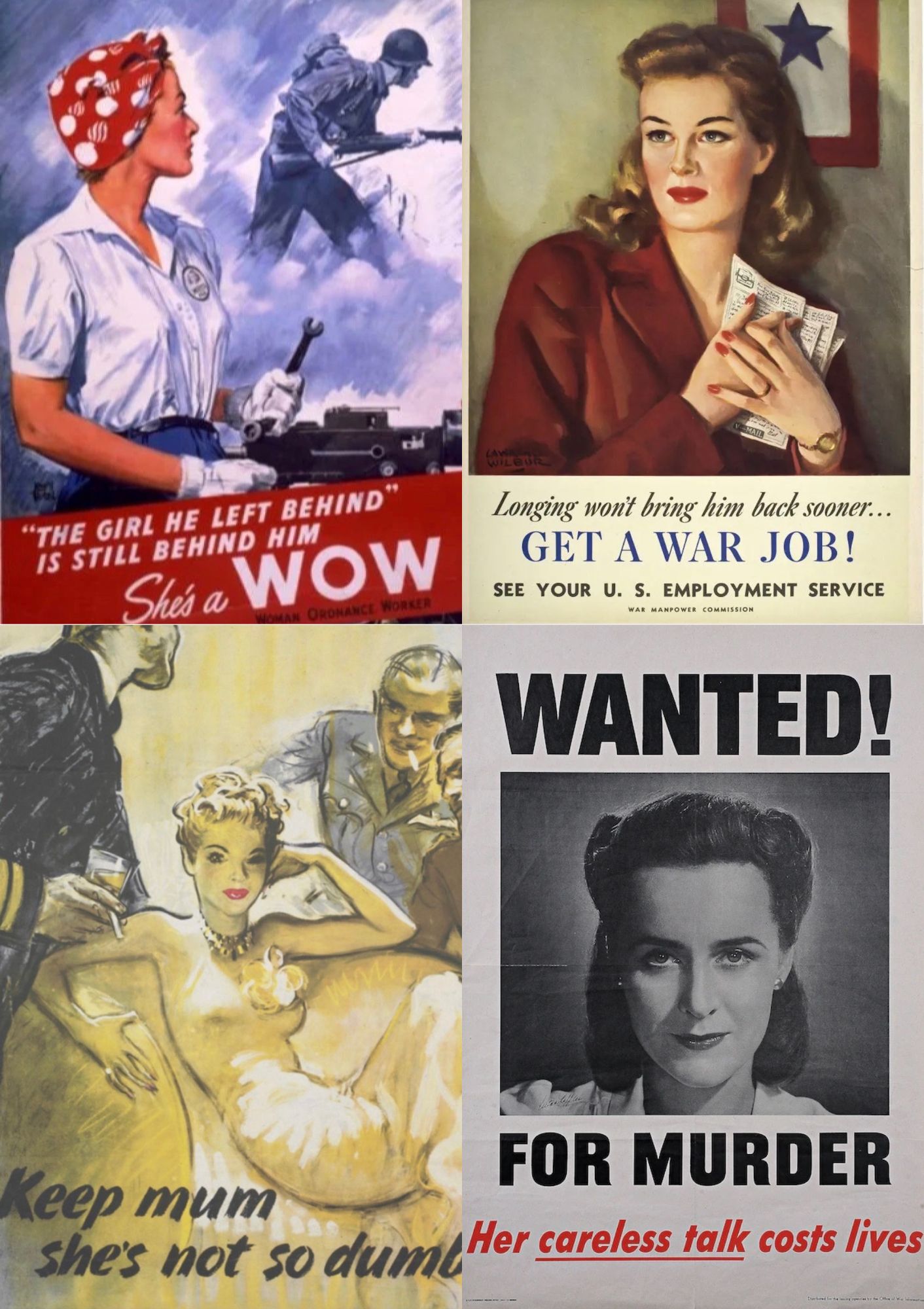A picture’s worth a thousand words.
Have you heard about the Picture Superiority Effect? Here’s the short version. The brain processes pictures much more quickly than it can process spoken or written information. (Some people say we can process pictures 60,000 times quicker than words!)
That’s because our brains encode images twice, but encode words only once. Whenever we see a picture, it’s stored in our memory as a picture, and also as a word. When we hear (or see) a word, it’s stored in our memory only as a word.
Maybe that explains all the World War II-era propaganda posters produced by the Office of War Information (OWI) that provoked me to write Poster Girl (November 2023). Looking through them, I wondered, What kind of pictures move us to take action? And why do they move us? What gives certain pictures that power? And what happens to our thinking when we process important information so quickly, without much mental work? As author Neil Postman says, “What the advertiser needs to know is not what is right about the product but what is wrong about the buyer.”
In the top two posters above, OWI conveys the fear many women of the era had, wanting to contribute to the war effort but worrying about the status of their femininity if they did so. The posters soothe that worry, suggesting how womanly and loyal-to-their-men it would be to get a war job.
But the bottom two posters seemingly act on men’s distrust of women whose drive to talk, they sense, may be dangerous. (You should see the poster campaign implying that when on-leave soldiers dally with women they risk contracting syphilis!)
These posters had a job to do, urging behaviors the government wanted–for women to work defense jobs during war time–though those government wants would change when the men returned from war and needed their old jobs back. The posters are both an interesting record of what Americans hoped for and feared, as well as likely the cause of some of that hope and fear.

Leave A Comment